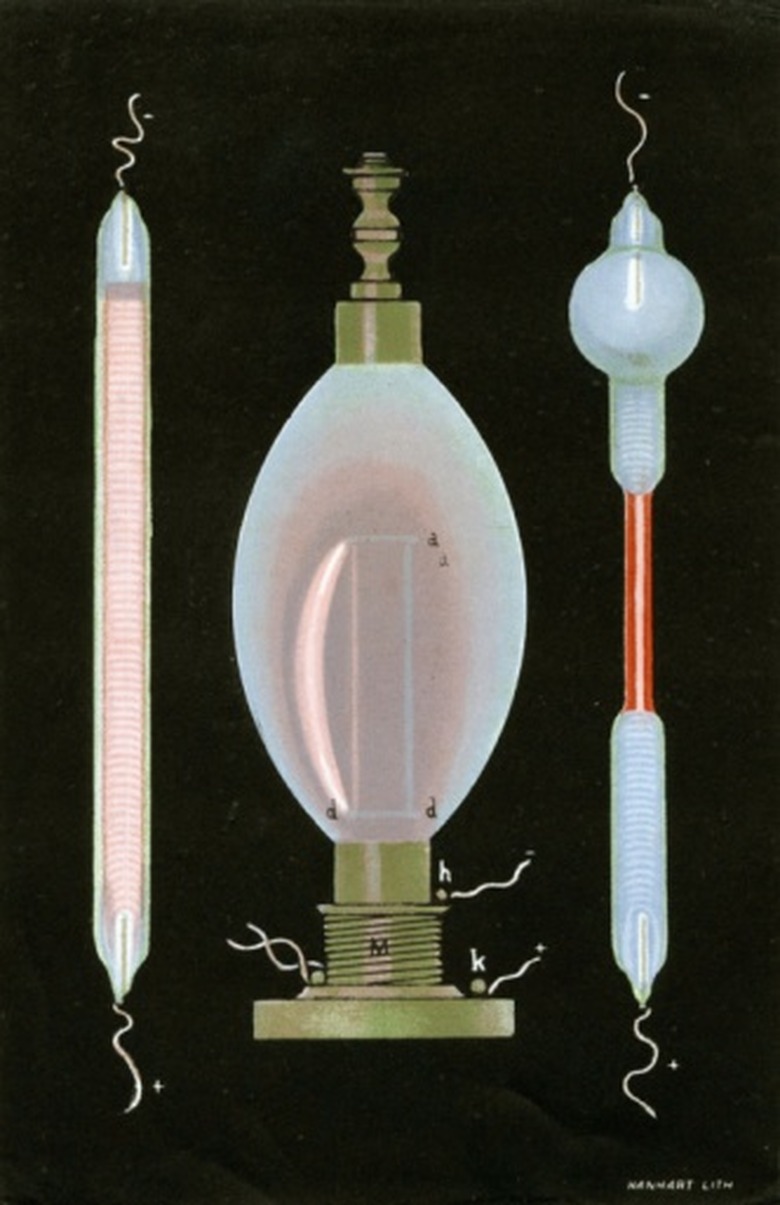How To Determine The Valence Orbital Of An Element
A description of the structure of the atom includes discussions of the nucleus of the atom and discussions of the electron orbitals of the atom. In simple terms, the electron orbitals are concentric spheres around the nucleus where electrons reside, with each sphere being associated with a particular energy value. The closer the electron sphere is to the nucleus, the lower the energy the electrons in that sphere possess. Two main types of orbitals participate in the bonding of atoms. These orbitals are the ones that hold the valence electrons. The s and p orbitals participate in the bonding of atoms with one another in covalent bonds. As you move down the periodic table, each row of elements adds another type of orbital that is available for the electrons of the atom. The electrons of the atom fill the orbitals from the lowest energy orbitals to the highest energy orbitals and each orbital holds two electrons. When two electrons occupy orbitals they have higher energy than orbitals that only hold one electron.
Step 1
Determine the number of electrons in the atom of interest. The number of electrons in the atom is equal to the atomic number of the element.
Step 2
Write the electron configuration for the element in question. Fill the orbitals of the atom in the order 1s, 2s, 2p, 3s, 3p, 4s, 3d, 4p and 5s. Each s orbital can hold two electrons, each p orbital can hold six electrons and each d orbital can hold 10 electrons.
Step 3
Discern which s or p orbital filled last. These orbitals contain the valence electrons for the element. For example, find the valance orbital of silicon. Silicon is element number 14 so it has 14 electrons. The orbitals available for silicon are 1s, 2s, 2p, 3s and 3p. The electrons fill the 1s, 2s, 2p and 3s orbitals and place the last two electrons in the 3p orbitals. Silicon has four valance electrons. Two come from the 3s orbital and 2 come from the 3p orbitals.
Cite This Article
MLA
Lancaster, Sean. "How To Determine The Valence Orbital Of An Element" sciencing.com, https://www.sciencing.com/determine-valence-orbital-element-8415138/. 24 April 2017.
APA
Lancaster, Sean. (2017, April 24). How To Determine The Valence Orbital Of An Element. sciencing.com. Retrieved from https://www.sciencing.com/determine-valence-orbital-element-8415138/
Chicago
Lancaster, Sean. How To Determine The Valence Orbital Of An Element last modified March 24, 2022. https://www.sciencing.com/determine-valence-orbital-element-8415138/
